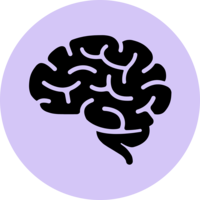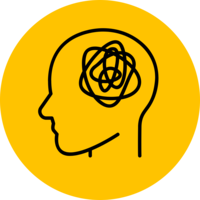Cincinnati MR Imaging of Neurodevelopment (C-MIND)
The C-MIND study was launched in 2009 to establish a database of scans showing the structure and activity of the growing brain. The database includes imaging and behavioral data from over 200 typically developing children (aged 0 to 18 years) in the United States of America. Additionally, C-MIND contains longitudinal imaging and behavioral data on 40 infants and toddlers aged 0 to 3 years and 30 children aged 7 to 9 years.
Study design
Cohort
Number of participants at first data collection
200 (children 0 - 18 years)
40 (children 0 - 3 years)
30 (children 7 - 9 years)
Age at first data collection
0 - 18 years (children 0 - 18 years)
0 - 3 years (children 0 - 3 years)
7 - 9 years (children 7 - 9 years)
Participant year of birth
Varied (children 0 - 18 years)
Varied (children 0 - 3 years)
Varied (children 7 - 9 years)
Participant sex
All
Representative sample at baseline?
No
Sample features
Country
Year of first data collection
2009
Primary Institutions
Children's Hospital of Pittsburgh
Cincinnati Children's Hospital Medical Center (CCHMC)
University of California, Los Angeles (UCLA)
University of Michigan
University of Southern California (USC)
Links
nda.nih.gov/edit_collection.html
nichd.nih.gov/newsroom/resources/spotlight/061215-growing-brain
Profile paper DOI
Not available
Funders
Eunice Kennedy Shriver National Institute of Child Health and Human Development (NICHD)
Ongoing?
No
Data types collected


- Computer, paper or task testing (e.g. cognitive testing, theory of mind doll task, attention computer tasks)
- Interview – online
- Self-completed questionnaire – paper or computer assisted
- None
- Arterial Spin Labelling (ASL)
- Diffusion Tensor Imaging (DTI)
- Electroencephalography (EEG)
- Functional magnetic resonance imaging (fMRI)
- None
Engagement
Keywords



